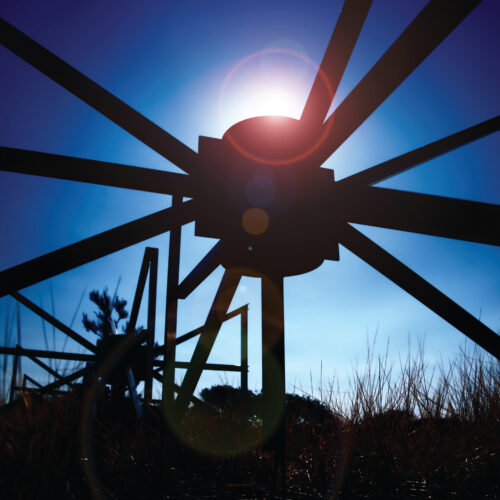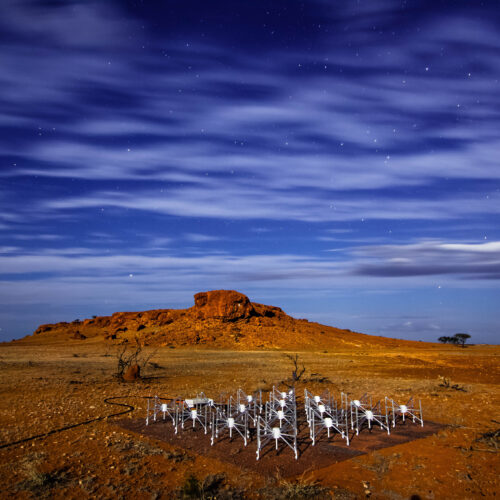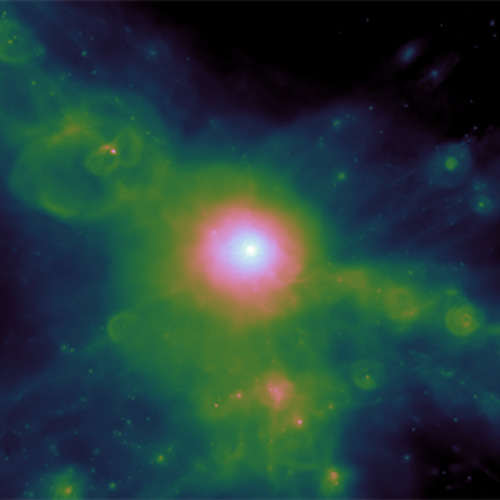ICRAR has a strong track record in research translation and impact and is committed to engaging with partners to share our skills, knowledge and expertise for mutual benefit.
Our researchers engage with industry, government, non-government organisations, communities and community organisations to translate our research beyond academia to benefit society.
ICRAR actively seeks collaborative opportunities to leverage emerging capabilities from other domains, and to apply our skills, knowledge and tools outside of radio astronomy.
By collaborating across disciplines and industry sectors, we can help boost capability, develop new products, grow businesses and create jobs.
We engage with stakeholders and end-users through a range of mechanisms, including:
- Partnerships with industry
- Collaborative grant applications
- High-quality training
- Provision of specialist services
- Establishment of networks and collaborations
- School programs
- Community events
ICRAR’s astrophotonics group at UWA is one of the leading groups around the world in developing technology around optical communications.
ICRAR aims to impact Western Australia’s economy, society, environment and culture, beyond our contribution to academia.
Our research in data intensive computing, engineering and technology supports core outcomes for the state in radio astronomy and the SKA.
ICRAR’s impact also extends to a diverse range of areas beyond astronomy, including:
- Signal and data transport
- Robotics
- Applied machine learning
- Data management and processing
- Passive radar
- Satellite deployment
- STEM education
- Honey signatures
- Marine forecasting
ICRAR’s big data experts and UWA Oceans Institute oceanographers have joined forces to improve wave forecasts off the WA coast. The project has already boosted weather predictions at Barrow Island, and could one day lead to more accurate forecasts for surfers, recreational boaters and industry.




